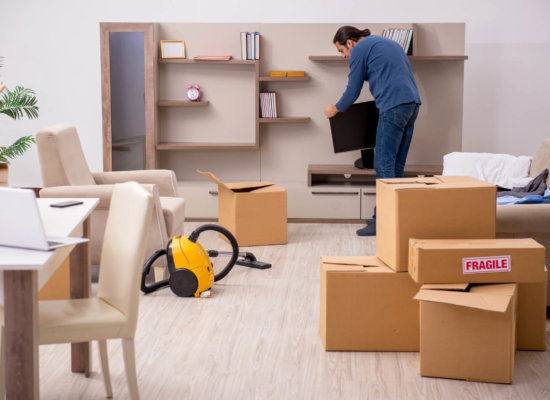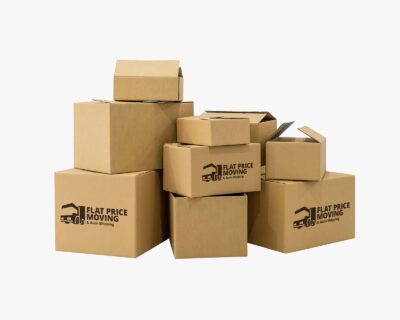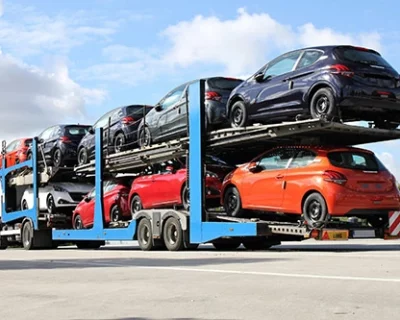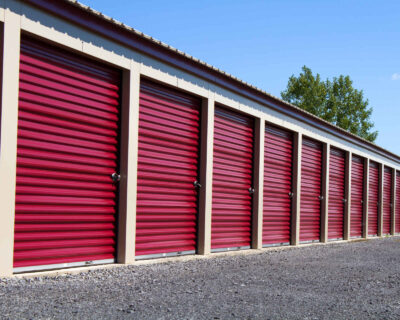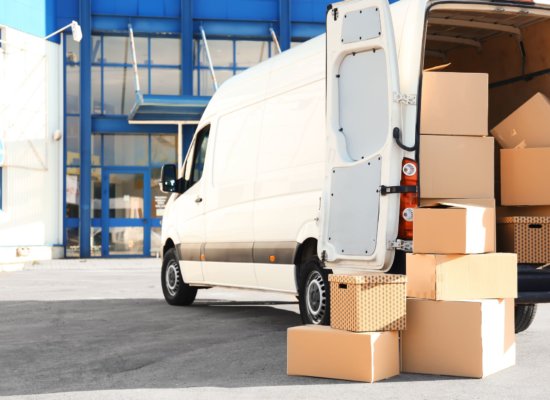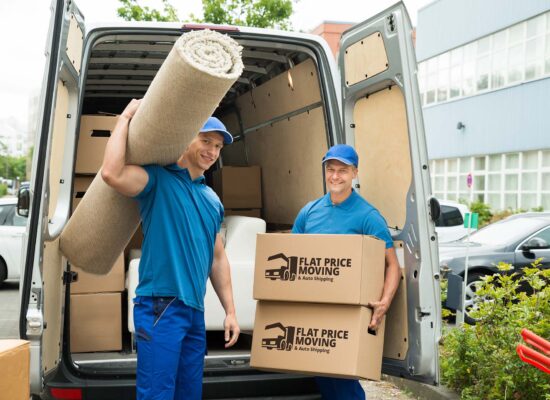Toy Trek: How to Pack Toys for Moving Like a Pro
With each toy holding a special place in your child’s heart, it’s crucial to ensure they are packed securely and arrive at your new home intact – but do you know how to pack toys for moving? In this comprehensive guide, we will share our expert advice so that this possibly daunting task can turn into a smooth and enjoyable experience.
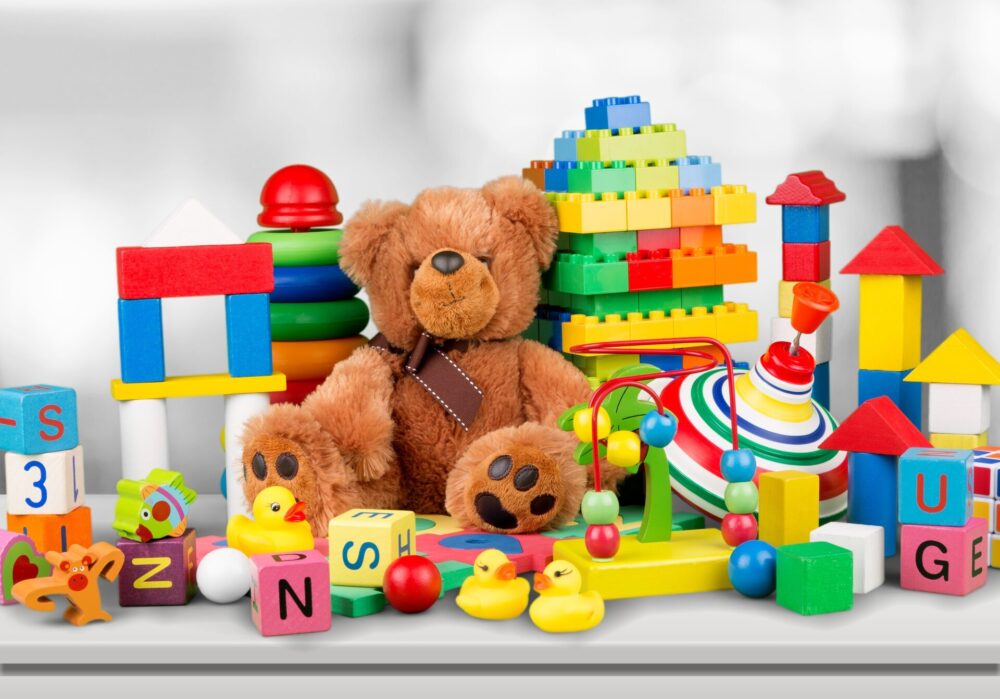
Begin by decluttering and categorizing toys based on size, type, and fragility, and make sure to gather high-quality packaging materials to ensure the safe transportation of delicate or fragile objects. Involve your kids in the process, making it a fun and engaging activity. You should also prioritize labeling and organizing boxes for easy unpacking and take special precautions when protecting small items or loose parts.
Want to Learn How to Pack Toys for Moving? Make It Playful!
Learning how to pack toys for moving doesn’t have to be a chore – you can make it an enjoyable experience for the whole family! When you’re packing for kids, start by involving your children in the process, turning what should have been a boring task on your relocation checklist into a fun game. Assign age-appropriate tasks like sorting toys by size, type, or color, wrapping them in colorful tissue paper, and decorating their toy boxes with stickers or drawings.
Encourage your children to create a “treasure map” of the packed toy boxes, noting the contents of each box and where they should go in the new home. By engaging their imagination and creativity, you’ll not only make moving stuffed animals and other playthings an entertaining activity but also teach valuable life skills like organization and teamwork, ensuring a smooth and memorable relocation to a new state.
Assessing and Sorting Toys Before the Move
Begin by taking an inventory of each toy, categorizing them based on size, type, and condition. This process will help you identify which items you should keep when relocating, which ones can be donated to the Salvation Army or other charities, and which ones should be discarded. By organizing your children’s toys before the relocation, you’ll be able to pack efficiently and create a well-curated and clutter-free toy collection that is ready to be enjoyed in your new home.
Evaluate Which Toys to Keep, Donate, or Discard
To evaluate which playthings to keep, donate, or discard, consider factors like age-appropriateness, sentimental value, and the toy’s condition. Discuss with your children which toys they still play with and which ones they’ve outgrown. You can make it a rewarding experience by explaining the benefits of donating gently used items to less fortunate children, fostering empathy and generosity.
Involving kids in the decision-making process not only empowers them but also eases their emotional attachment to their playthings, making it easier to let go of items that are no longer needed. By working together as a family, you’ll create a well-organized toy collection, which will help you downsize for a move.
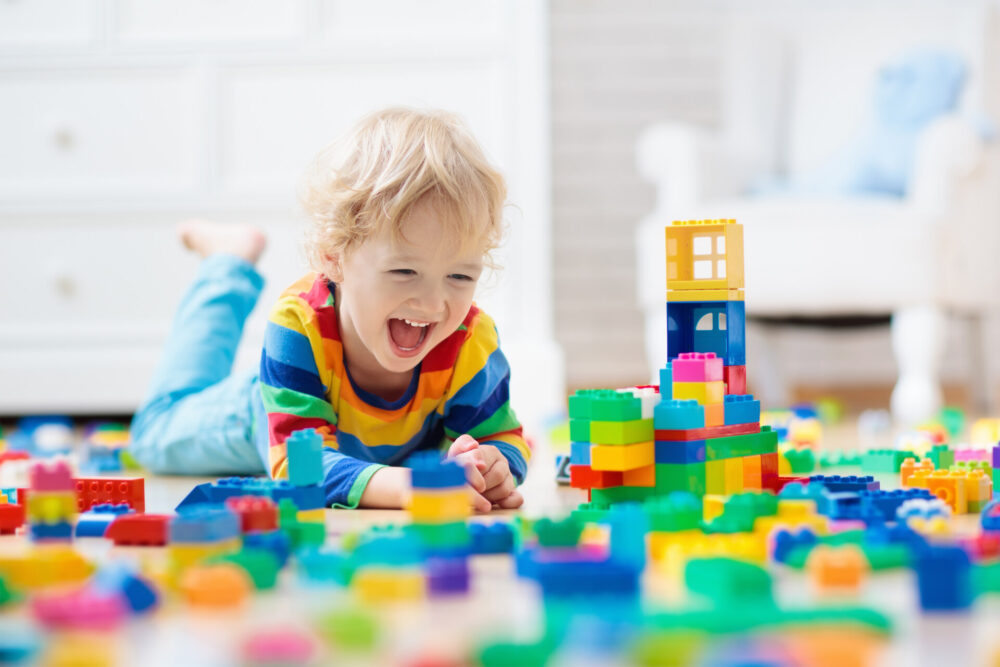
Gathering Essential Packing Supplies
If you don’t get professional packing services from a long-distance moving company, the task of gathering packaging supplies will be your responsibility. Remember – when getting organized to relocate, obtaining these materials is an initial and vital step in ensuring the safe and secure transportation of all items. The basic packaging supplies you’ll need include sturdy boxes in various sizes, tape, bubble wrap or foam sheets, packing paper or newspaper, and markers or labels for labeling boxes.
Additional Supplies for Delicate or Valuable Toys
For delicate or valuable objects, consider investing in additional supplies to provide extra protection. These may include:
- Specialty boxes – get boxes specifically designed for fragile or oddly-shaped items,
- Acid-free tissue paper – this paper should be used for wrapping delicate playthings, especially those with painted surfaces, to prevent damage and color transfer,
- Corner protectors – used for pieces with sharp corners or edges that could be easily damaged,
- Custom padding – consider using custom padding or foam inserts to provide tailored protection and cushioning,
- Resealable plastic bags or small containers – use these to store small items, loose parts, or accessories to keep them organized and prevent loss.
By gathering the necessary supplies and investing in additional protection for delicate or valuable playthings, you’ll ensure their safe arrival at your new home, ready for more playtime adventures.
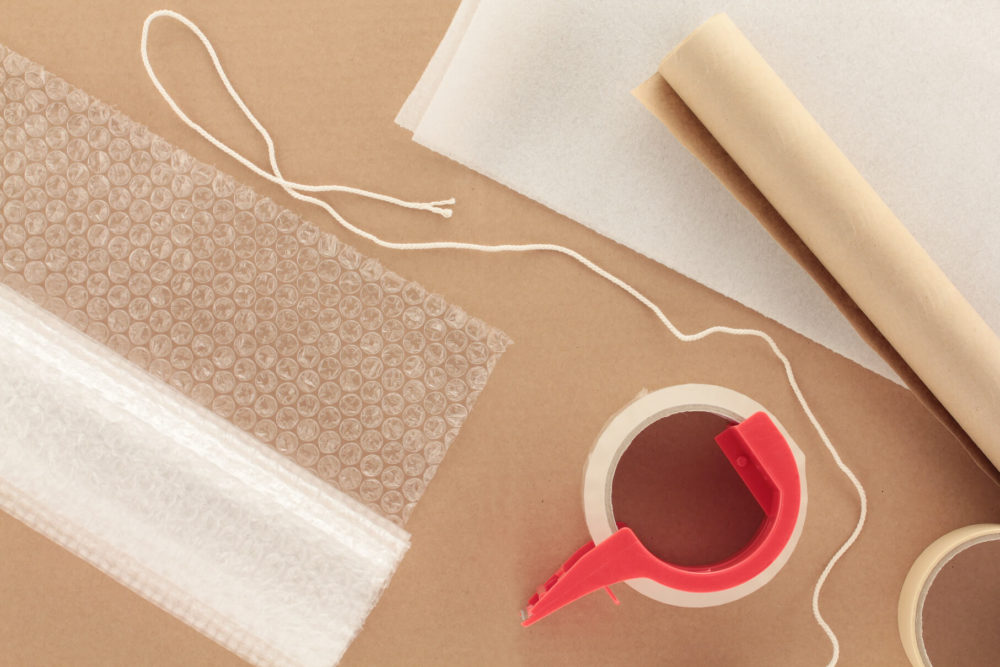
Tips for Packing and Moving Stuffed Animals and Plushies
Stuffed animals and plushies hold a special place in the hearts of children and adults alike. Although they may seem easy to pack, there are some relocation tips you should follow to ensure their complete safety. For starters, gently clean your stuffed animals and plushies with a damp cloth, and ensure they’re completely dry before boxing up to prevent mold or mildew growth.
Place each stuffed animal in an individual plastic bag or group smaller ones together in a larger bag to protect them from dust, dirt, and moisture. When it comes to deciding on how to wrap a stuffed animal, consider whether it has delicate parts or accessories. If it does, wrap them with bubble wrap or foam sheets to prevent damage.
Tips for Labeling and Organizing Stuffed Animals in Boxes
It’s important to select boxes that comfortably fit the stuffed animals without squishing or overstuffing them. Use soft materials like towels, blankets, or clothes to cushion and protect stuffed animals in the box. Additionally, avoid over-packing boxes, as this can cause deformation. Instead, place heavier or larger stuffed animals at the bottom and lighter or smaller ones on top.
Use a marker or label to write the contents of each box, indicating it contains stuffed animals or plushies. It’s a good idea to assign a specific color or symbol to each child’s stuffed animals, making it easier to distribute them in the new home. If there are favorite stuffed animals that your child needs for comfort, pack them last and label the box accordingly to ensure they’re easily accessible upon arrival. Additionally, you can place this toy with other relocation essentials and keep it with you at all times.
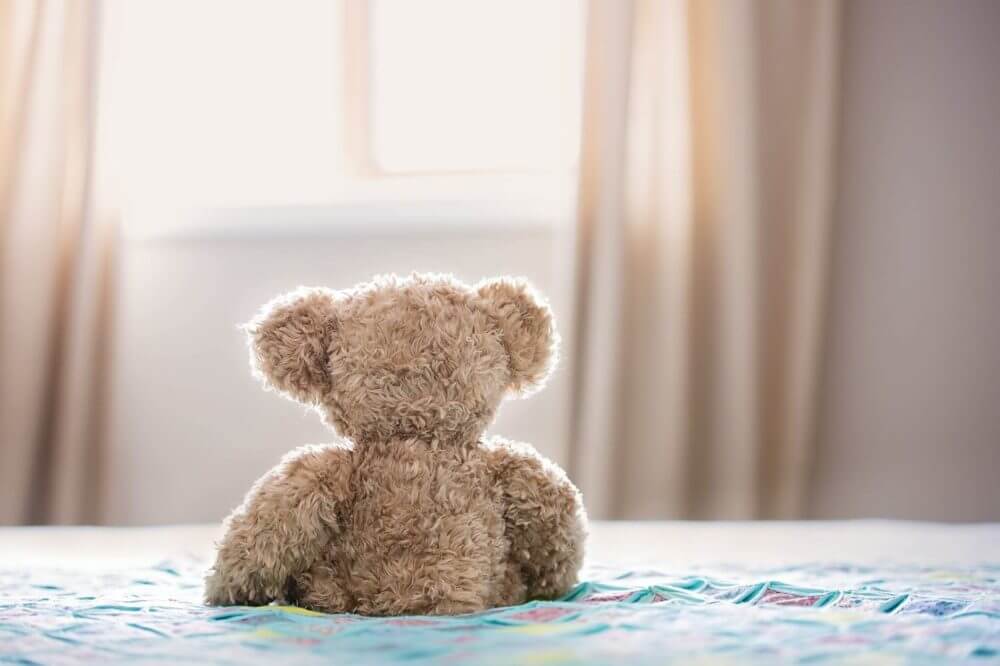
Organizing Small Toys and Loose Parts
By keeping these items organized, you’ll prevent loss and damage and make unpacking after the relocation easier. Follow these relocation hacks to successfully pack and transport small toys and loose parts.
Use Compartmentalized Storage Containers for Small Toys
Compartmentalized containers are an excellent solution for storing and organizing small items, such as LEGO bricks, action figures, or doll accessories. By keeping similar items together in separate compartments, you’ll make it easier to find and use them in your new home.
Sort and Bag Loose Parts to Prevent Loss During Shipping
Gather all loose parts, such as game pieces, puzzle pieces, or toy car wheels, and sort them by type or toy. Place each group of parts in a resealable plastic bag or small container, and label them clearly with the toy or game they belong to. This will ensure that no small pieces are lost during the move.
Store Small Toys Together With Their Accessories
Keep small toys and their accessories together to maintain organization and prevent loss. For example, store action figures with their weapons or vehicles and keep doll clothes and accessories with the corresponding dolls. Use resealable plastic bags or small containers to keep these items together, and label them for easy identification.
Protecting Delicate or Valuable Toys
When you’re dealing with valuable or delicate playthings, make sure to carefully examine each of them to identify any existing damage or fragile parts that may require extra protection. At the same time, invest in high-quality packaging materials as described above.
Wrap each delicate or valuable toy separately with bubble wrap or foam sheets, paying special attention to any fragile parts. Secure the wrapping with tape to keep it in place during transit. Be certain you’ve selected a box that comfortably accommodates the wrapped toy without leaving too much empty space. Fill any gaps with foam peanuts or crumpled newspaper to minimize movement and potential damage.
Don’t forget to place a layer of cushioning material, such as bubble wrap or towels, at the bottom of the box before placing the wrapped toy inside. Add more cushioning material around and on top of the toy to ensure it is well-protected. In the end, mark the boxes containing delicate or valuable toys as “Fragile” and indicate which side should be facing up. This will alert anyone handling the box to take extra care.
Let Cross Country Movers Help You Load and Ship Toy Boxes (And Everything Else)
Cross-country movers are experienced professionals who can make your long-distance move a seamless and stress-free experience. They can assist you in loading and shipping toy boxes, along with all your other belongings, ensuring that everything is safely transported to your new home.
Besides basic long-distance moving services, reliable movers, such as the Flat Price Moving & Auto Transport company, offer professional packing services that can save you time and effort. They know how to pack your toy boxes and other belongings securely, minimizing the risk of damage during transit. They also have the necessary equipment and expertise to handle the heavy lifting, reducing the risk of injury or damage to your possessions.
Finally, they understand how to load and secure your toy boxes and other belongings in the truck, ensuring they remain stable and protected throughout the journey. Therefore, by hiring movers, you can focus on the excitement of your new adventure and all the relocation benefits that come with it while leaving the packaging, logistics, and heavy lifting to the professionals.
Packing Services
Our moving teams are trained to pack your belongings in the most efficient manner possible.
Read moreAuto-Transport
If your first concern is having your vehicle transported safely and efficiently, enclose shipping is the way to go.
Read moreStorage Service
Knowing what kind of surprises cross country move may hold, we offer 30 day free storage for belongings at the origin state.
Read moreMaintain a Sense of Excitement and Adventure While Packaging Toys With Kids
Maintaining a sense of excitement not only makes the cross-country moving process more enjoyable for everyone involved but also helps ease the emotional transition to a new home. Embrace the opportunity to bond as a family, teach valuable life skills, and look forward to the new adventures that await in your new home.
And of course, if you decide to place your children’s most cherished possessions (and other household goods) into the hands of the professionals, make sure you have only the best long-distance movers and car shipping company by your side – contact us as soon as possible and secure a completely problem-free relocation.
FAQ
How Should I Prepare and Organize Toys Before Packing Them for a Move?
Start by sorting them into categories based on size, type, and fragility and declutter and discard broken or unused toys. Disassemble larger playthings if possible, and remove batteries to prevent damage. Group similar toys together and clean them to ensure they are ready for boxing up.
What Are the Best Packing Materials to Use for Different Types of Toys?
The best packing materials for toys depend on their type. Use bubble wrap or foam sheets for packaging fragile items, and pack them in sturdy boxes. For other playthings, consider using soft materials like towels, blankets, or clothes as cushioning. Fill empty spaces with crumpled packing paper, newspaper, or foam peanuts to prevent movement during transport.
Are There Any Specific Considerations for Packing Stuffed Animals and Plush Toys?
When boxing up stuffed animals and plushies, place them in plastic bags to prevent dirt and moisture damage. Avoid overstuffing boxes to prevent deformation, and use acid-free tissue paper to separate playthings with delicate surfaces.
How Do I Protect Delicate or Fragile Toys During the Moving Process?
To protect delicate items, wrap them individually in bubble wrap or packing paper, and secure them with tape. Place them in sturdy boxes with cushioning material at the bottom, and fill any empty spaces to minimize movement during transit.
Should I Involve My Kids in Packing Their Own Toys, and if So, How Can I Make It Fun for Them?
Involve kids in boxing up their own playthings by making it a fun activity. Give them age-appropriate tasks like sorting, wrapping, or labeling, and encourage them to personalize their toy boxes with drawings or stickers.
What Are Some Strategies for Labeling and Organizing Toy Boxes for Easy Unpacking?
Use relocation labels to organize toy boxes by category, room, or child’s name for easy unpacking. Use color-coded labels or a numbering system to indicate the order of unpacking and prioritize boxes with essential or favorite toys.
Are There Any Special Precautions I Should Take When Packing Small Toys or Loose Parts?
For small toys or loose parts, use sealable bags or small containers to keep them together. Label and pack these containers in a larger box, filling gaps with cushioning material to prevent movement.
How Can I Ensure That Valuable or Sentimental Toys Are Well-Protected During the Move?
Ensure valuable or sentimental toys are well-protected by using high-quality packaging materials like bubble wrap and sturdy boxes. Consider using specialty boxes or custom padding for irreplaceable items, and keep a detailed relocation inventory for insurance purposes.
Are There Any Specific Guidelines for Loading and Securing Toy Boxes in the Moving Vehicle?
When relocating to a new city, place heavier boxes at the bottom and lighter ones on top. Use straps or ropes to secure boxes and prevent shifting during transport. Maintain a clear line of sight for the driver by avoiding tall stacks of boxes.
What Steps Should I Follow When Unloading and Unpacking Toys in the New Location?
Upon arrival at the new location, follow a systematic approach when unloading and unpacking. Start by placing boxes in their designated rooms, then unpack essentials or favorites first. Encourage kids to help with unpacking and organizing, and give them the freedom to arrange their new space as they wish.
